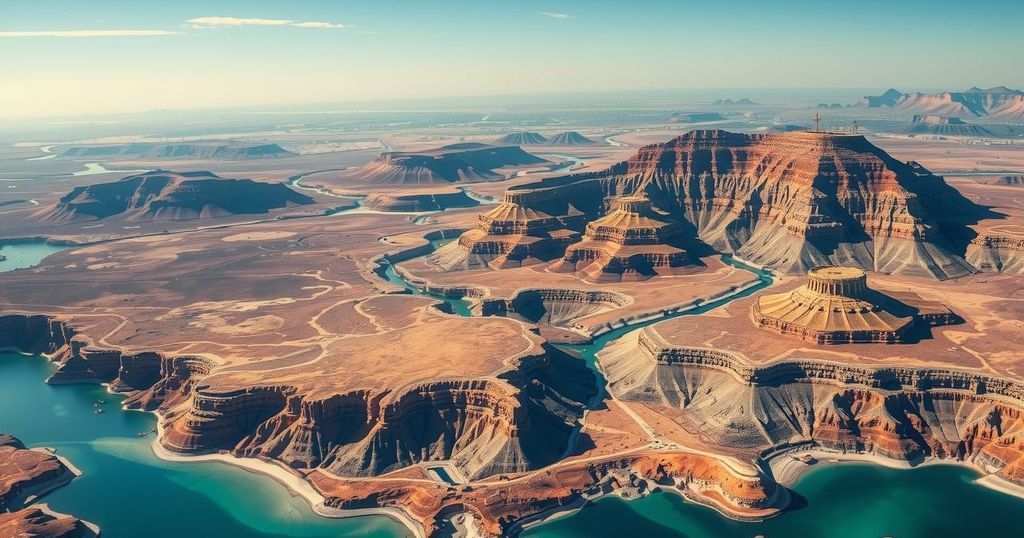Chile is a remarkable country that extends 2,500 miles along the Pacific coast, featuring diverse climates from the arid Atacama Desert to cool southern regions. Its rich biodiversity, including a variety of wildlife, complements stunning natural landscapes such as glaciers in Patagonia. However, visitors should be aware of socio-political complexities, particularly in specific regions involving Indigenous land-rights activism.
Chile, an extraordinary nation that stretches 2,500 miles along the Pacific coast, surpasses the length of Europe and showcases a remarkable array of climates and landscapes. Home to nearly 20 million residents, this country is adorned with stunning beaches, magnificent mountains, and diverse wildlife. The Andes mountains rise dramatically along its spine, presenting some of the world’s most breathtaking natural beauty.
The climate in Chile is notably varied; it ranges from the arid conditions of the Atacama Desert in the north, one of the driest places on Earth, to the cool and damp weather of the southern regions. The central area boasts a Mediterranean climate, while Easter Island experiences tropical weather. Chile’s rich ecological diversity includes at least eighteen major climate subtypes according to the Köppen classification system.
Chile is renowned for its biodiversity, offering habitats for unique species such as the Chilean condor and elusive pumas. The picturesque Patagonia region attracts many visitors with its stunning glaciers and extensive trekking opportunities. Moreover, the nation is home to the second largest volcanic chain globally, situated within the Pacific Ring of Fire, enhancing its geographical significance.
Despite its accolades as one of the safest countries in the Americas, complexities arise in certain regions. Ongoing disputes over land rights between Indigenous Mapuche activists and the Chilean government may lead visitors to avoid certain areas, specifically between Lebu and Temuco in the Biobío and Araucanía regions. Furthermore, the country is among those with the highest seismic activity, having experienced the most powerful earthquake in history, the 1960 Valdivia Earthquake, which measured 9.5 on the moment magnitude scale.
Chile is a South American country that boasts a remarkable geographical length of 2,500 miles, making it longer than Europe. It demonstrates an extensive range of climates due to its varied topography, which includes deserts, mountains, and coastal regions. This diversity contributes to its rich ecosystems, providing habitats for numerous species. Knowing about Chile’s climatic variety and socio-political context enhances one’s understanding of its attractions and challenges, which are important for potential visitors and scholars alike.
In conclusion, Chile stands out as a unique destination characterized by its vast lengths and diverse climate zones. With significant natural resources and stunning landscapes, it captivates visitors from around the world. Nevertheless, awareness of its socio-political landscape is crucial for ensuring a safe and enjoyable visit. Overall, Chile’s blend of beauty, complexity, and adventure makes it an exceptional country worth exploring.
Original Source: www.express.co.uk






